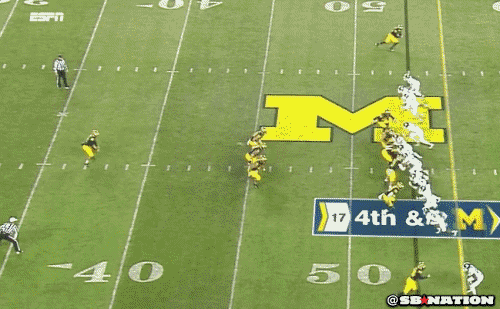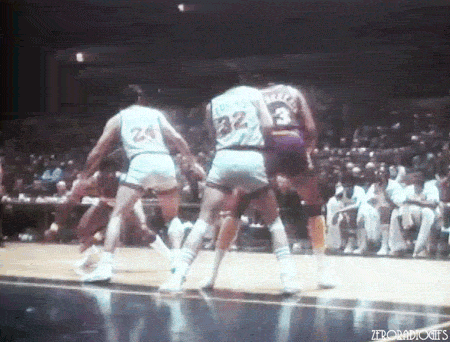Black Wall Street
Black Wall Street 1927 - 1996
The Greenwood District of Tulsa, Oklahoma, was once a thriving mini-metropolis of Black-owned businesses. Black Wall Street was a self-sufficient community of Black professionals and consumers.
From a Black-owned grocery store to Black medical offices, the Black Wall Street was a beacon of Black prosperity and entrepreneurship. Residents and patrons of Tulsa’s Greenwood District learned firsthand the benefits of establishing and supporting Black businesses.
The success of Black Wall Street was purposeful. A wealthy Black Arkansan named O.W. Gurley purchased over 40 acres of land. However, when selling parcels of that land, he restricted sales to Black people. The money stayed in Greenwood, and that was always the goal. Dollars circulated the community for several months before leaving – a testament to the diversity and abundance of business offerings in Greenwood. In the blink of an eye, this thriving Black community was leveled.
On May 31, 1921, the Tulsa Tribune published an article alleging Dick Rowland, a Black man, attempted to rape Sarah Page, a white woman. The Tribune report added the final incendiary spark to an already burning hatred and envy (towards affluent, upscale Black community) fire which resulted in a terroristic massacre as mobs of white men descended on Black Wall Street to loot homes, burn businesses, and violently attack Black residents.
Thirty-five city blocks were set ablaze, 300 people were killed, and nearly 1,000 were injured. White perpetrators of the violence claimed ‘protection of white female virtue’ as their defense.
Kimberly Fain explained the origin of white animus towards Black Wall Street in “The Devastation of Black Wall Street.” Fain wrote, “Tulsa’s rapid change in racial demographics made the city ripe for a riot motivated by white animosity against black economic progress. In essence, whites were resentful that blacks no longer passively accepted second-class citizenship in their own homeland.”
While it is essential to recognize the flourishing community that was built in Tulsa, it is also critical to acknowledge the damage done.
Josie Pickens summary in a 2013 article for Ebony best summarizes the destruction caused by racially motivated white terrorism, “This modern, majestic, sophisticated, and unapologetically black” community boasted of “banks, hotels, cafés, clothiers, movie theaters, and contemporary homes.” Not to mention luxuries, such as “indoor plumbing and a remarkable school system that superiorly educated black children.” Undoubtedly, less fortunate white neighbors resented their upper-class lifestyle. As a result of a jealous desire “to put progressive, high-achieving African-Americans in their place,” a wave of domestic white terrorism caused black dispossession.”
























